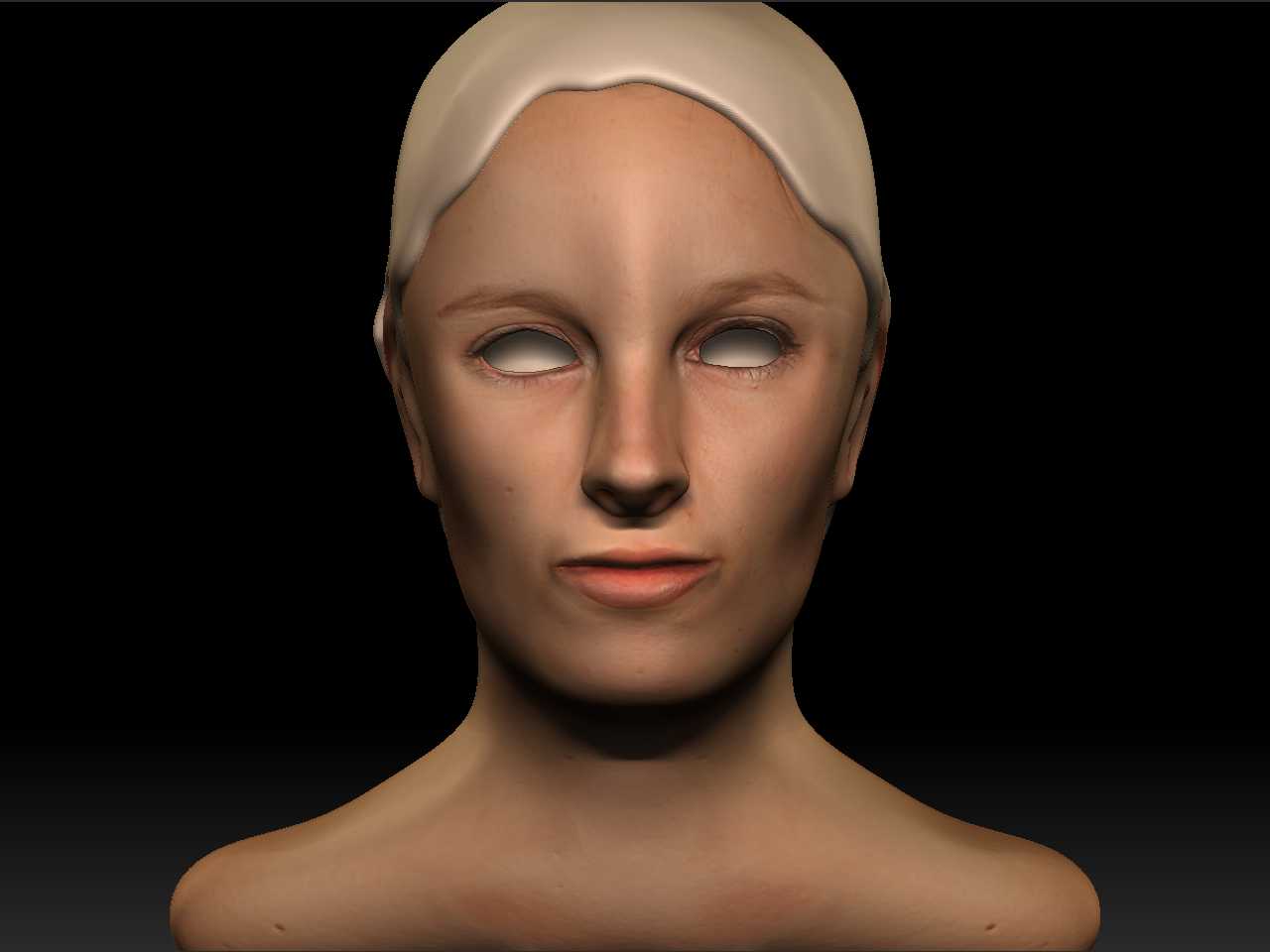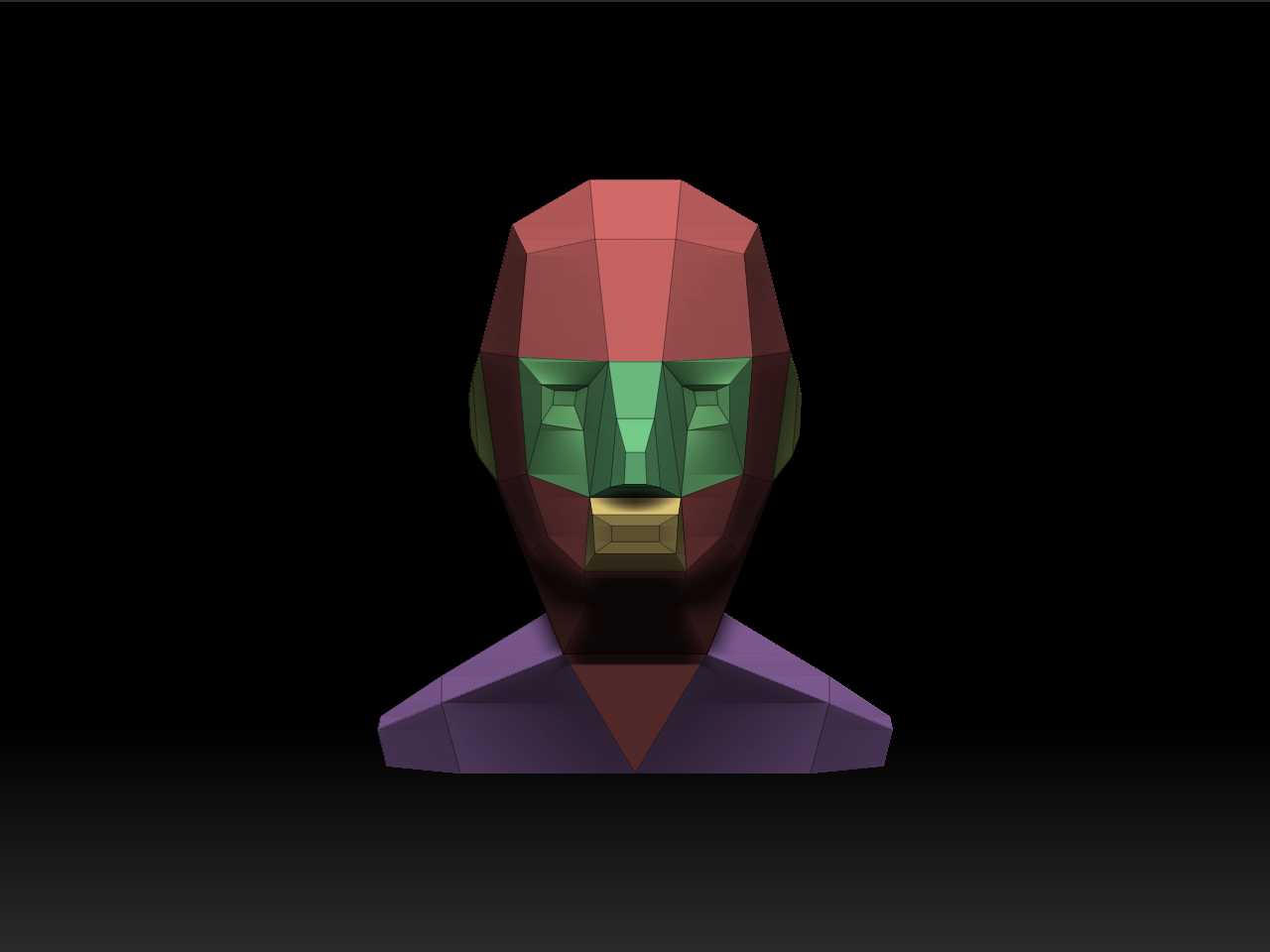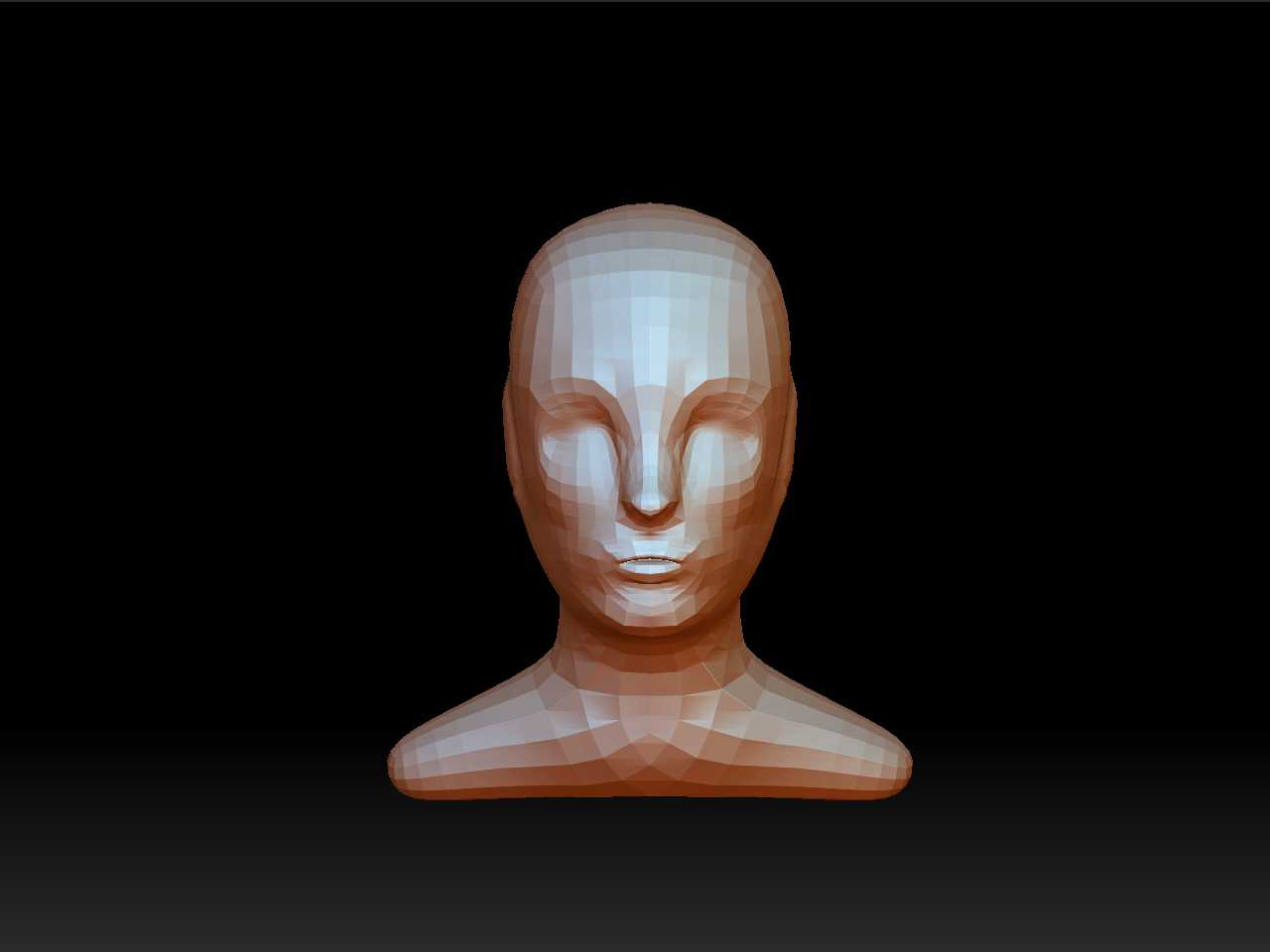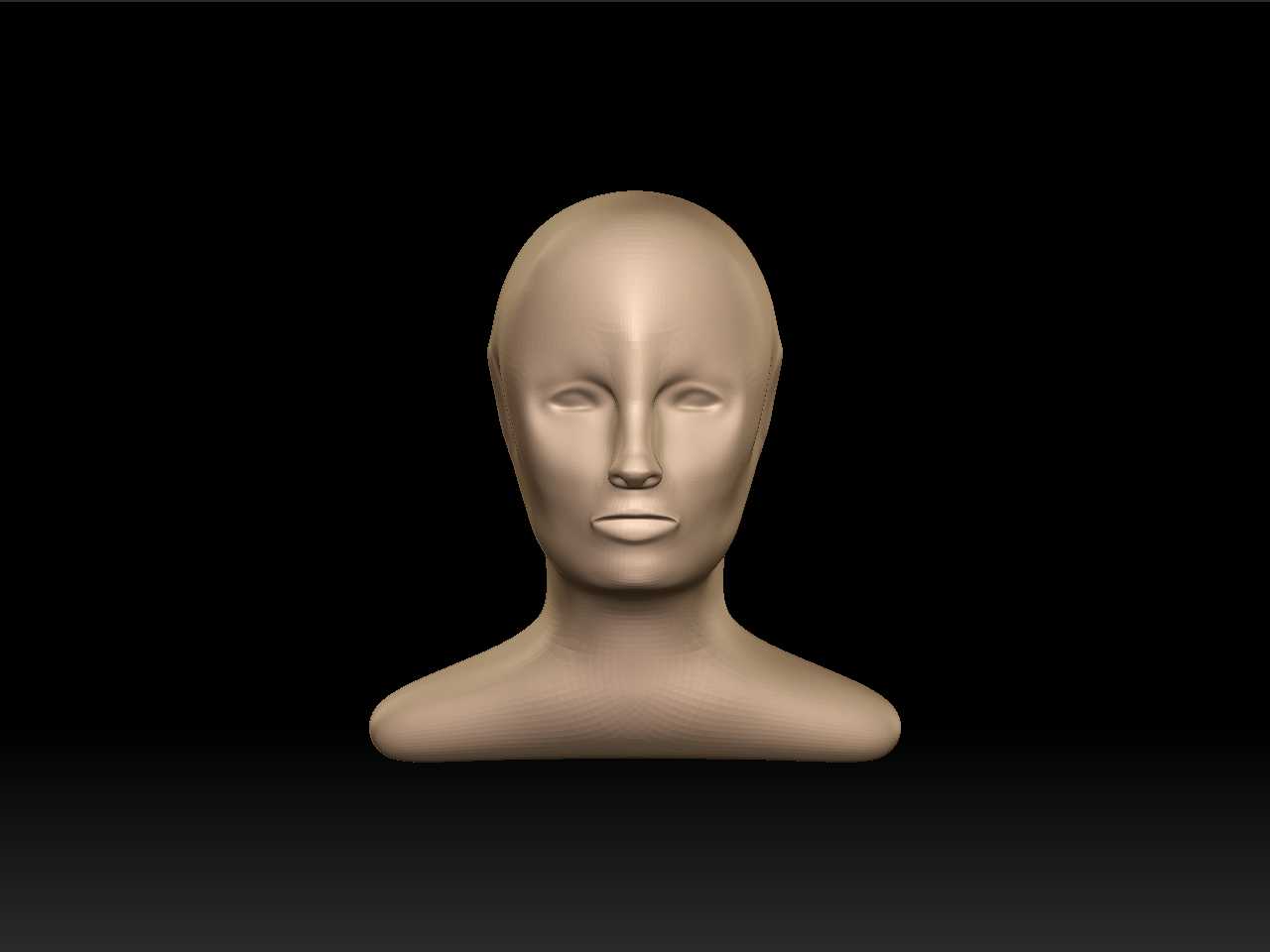One thing to keep in mind is that there is no “best way” to model. All modelers have their own techniques and learning preference. For some people school works best, when they can listen to the teacher and be shown examples to follow. Other people prefer to just open the book and study on their own (That’s what I do.) I found that many books provide us with key general-use knowledge but for the most part you are on your own.
I believe that you can find all you need on the internet, some people prefer having a book as a reference instead of just reading off computer screen. I go to google image search and try different keywords “face”, “human body”, “human anatomy”, and so forth. In the beginning, try to focus on the 4 individual parts of the face: eyes, nose, mouth and ears. Study these separately. Create models where you only focus on one item specifically and above all… study the relationship of position of the parts to one another. For example, you will learn that the ear is almost always a certain distance from the eyes. Here are more things I try to be aware of when I model:
a) Understanding that there is actually a skull underneath your face model. Study the human skull and understand where the bones are and their basic form. Try thinking in terms of: “how would the skin lay on the bone structure of the skull” (Hell, touch your own face when you model if you have to!) This will help you understand why our faces look the way they do.
b) Study face proportion (this is essentally what gives you that “realistic” face feel, when looking at your model, which is what you should be trying to achieve…) The way we recognize faces in real life has to do with that. And bad proportion is what makes us think that there is something wrong with the face model when we look at a poorly-done one.
c) Remember that the bottom horizontal border of the eye is positioned in the exact middle of the head. The eyes are modeled above that line.
d) Design a scull model before you model a face.
e) Never give up!

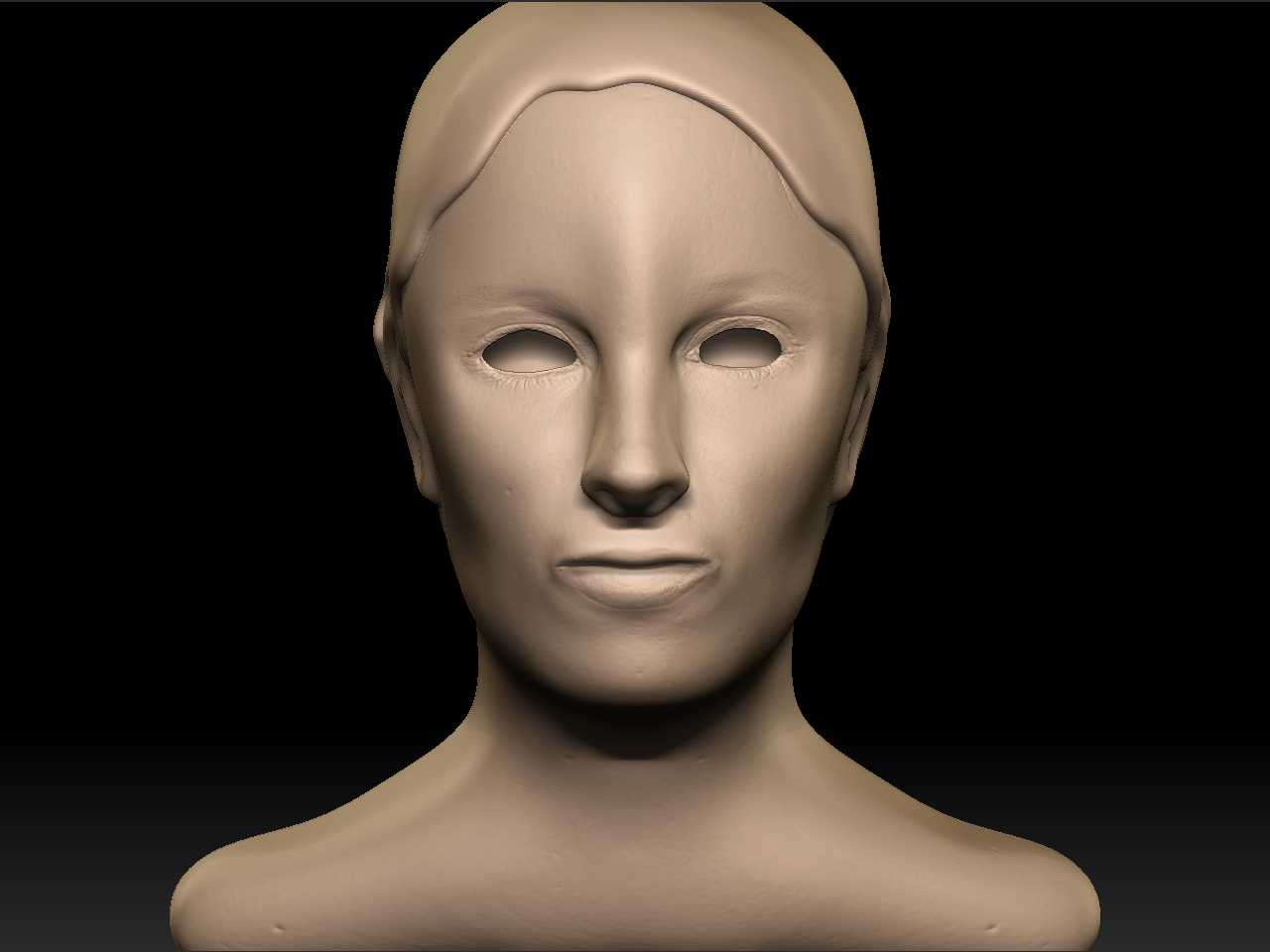 ](javascript:zb_insimg(‘76066’,‘MyFirstFaceTexjpg.jpg’,1,0))
](javascript:zb_insimg(‘76066’,‘MyFirstFaceTexjpg.jpg’,1,0))